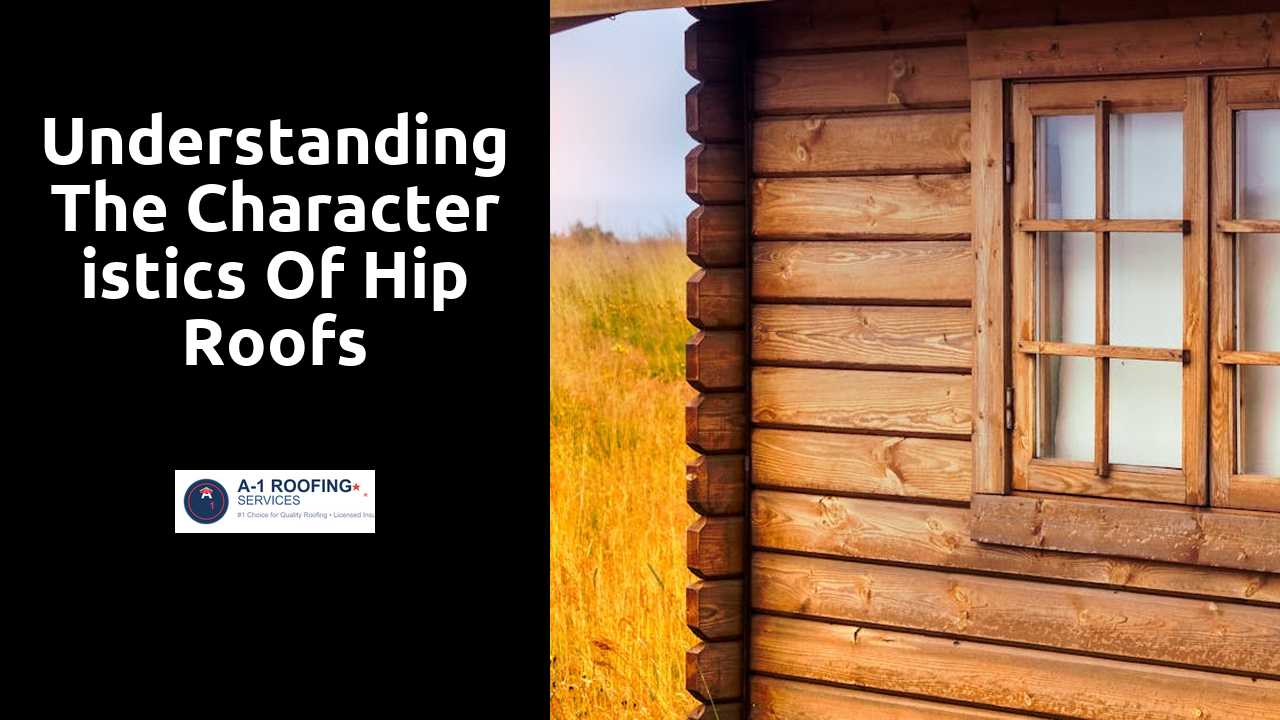
Understanding the Characteristics of Hip Roofs
Table Of Contents
Maintenance Tips
Regular inspections can greatly prolong the life of a hip roof. Homeowners should check for signs of wear and tear, particularly after harsh weather. Missing, cracked, or curling shingles need immediate attention to prevent leaks. Debris accumulation in valleys or around gutters can also hinder drainage, leading to potential issues down the line. Maintaining clear pathways allows water to flow freely and protects the integrity of the roof structure.
It is wise to schedule professional inspections every few years. Experts can identify issues that may go unnoticed by the untrained eye. Additionally, keeping trees trimmed back from the roof reduces the risk of branches causing damage during storms. Promptly addressing minor repairs can avert costly replacements later on. Regular maintenance is key to ensuring the longevity and durability of a hip roof.
Navigate to this website to learn more.
Keeping Your Hip Roof in Top Shape
Regular inspections are vital for the longevity of a hip roof. Homeowners should periodically check for signs of wear and tear. Missing shingles, cracked tiles, or damaged flashing can lead to leaks and other structural issues. Clearing debris from valleys and gutters helps water flow properly and prevents buildup that could cause damage over time.
Maintaining proper ventilation within the attic is equally important. Sufficient airflow helps regulate temperatures and reduces moisture accumulation, which can lead to mold growth. Adequate insulation combined with effective ventilation systems enhances overall energy efficiency. Keeping an eye on these elements ensures that your roof remains functional and durable for years to come.
Energy Efficiency
Hip roofs provide excellent energy efficiency due to their unique shape and design. The sloped surfaces allow for more effective water drainage, reducing the risk of leaks and moisture buildup. This feature helps maintain the structural integrity of the roof and can lead to lower maintenance costs over time. Additionally, the angles of hip roofs can enhance airflow in the attic, which helps regulate indoor temperatures across seasons.
The insulation properties of a hip roof are significant in maintaining consistent temperatures within the home. When properly insulated, these roofs can minimize heating and cooling costs by preventing heat loss during winter and keeping homes cooler in summer. Homeowners may find that investing in quality insulation materials tailored for hip roofs can lead to substantial savings on energy bills, ultimately benefiting their budget in the long run.
How Hip Roofs Help with Insulation
The design of hip roofs contributes significantly to energy efficiency by enhancing insulation. Their slope allows for optimal ventilation, promoting airflow that can prevent heat buildup in the attic. This design helps maintain a stable indoor temperature, reducing reliance on heating and cooling systems. With fewer flat surfaces than gable roofs, hip roofs minimize the potential for heat loss during colder months while also reflecting more sunlight in the summer.
Insulation methods can be more effective when integrated with hip roofs. The triangular spaces formed by the roof's structure allow for additional insulation material to be installed. This can further improve thermal performance, leading to lower energy bills. Homeowners can benefit from the combination of natural ventilation and effective insulation, creating a comfortable living environment year-round.
Cost Considerations
Installing a hip roof typically involves higher labor and material costs compared to other roofing styles. The design requires skilled craftsmanship due to the angles and slopes, which can raise overall expenses. Additionally, high-quality materials, often recommended for durability and performance, can further add to the total investment. Homeowners should research various roofing options to find the best balance between aesthetics and budget.
On the long-term side, hip roofs can lead to cost savings. Their architectural shape often provides better stability, which may reduce the likelihood of damage during severe weather. This resilience can lessen maintenance and repair expenses over time. Energy efficiency can also play a role in cost consideration, potentially leading to lower energy bills. Investing in a hip roof might incur an initial high cost, but the advantages often outweigh the upfront expenditure.
Budgeting for a Hip Roof
When planning to install a hip roof, it is crucial to assess the overall budget carefully. The cost can vary significantly based on factors such as materials, labor, and the complexity of the design. Common materials, including asphalt shingles, metal, or tile, each come with their own price points. Homeowners should also consider the local market rates for roofing labor. Securing multiple quotes from contractors can provide a clearer picture of the expected expenditure.
Additional expenses may arise during the project, such as permits, structural reinforcements, or even unexpected repairs to the underlying structure. It's wise to allocate a contingency fund to cover any unforeseen costs that may arise once the installation begins. This financial cushion can help avoid budget overruns and ensure that the project remains on track. Proper planning will lead to a smoother installation process and peace of mind throughout the project.
Related Links
Advantages of Mansard Roofs in Residential DesignThe Versatility of A-Frame Roof Designs